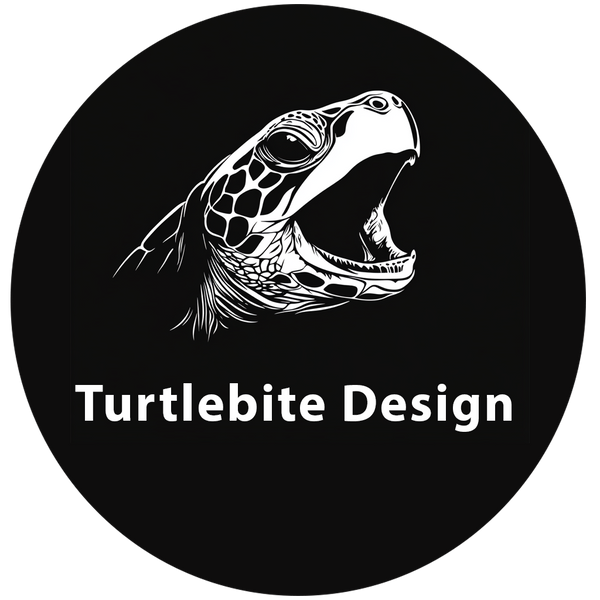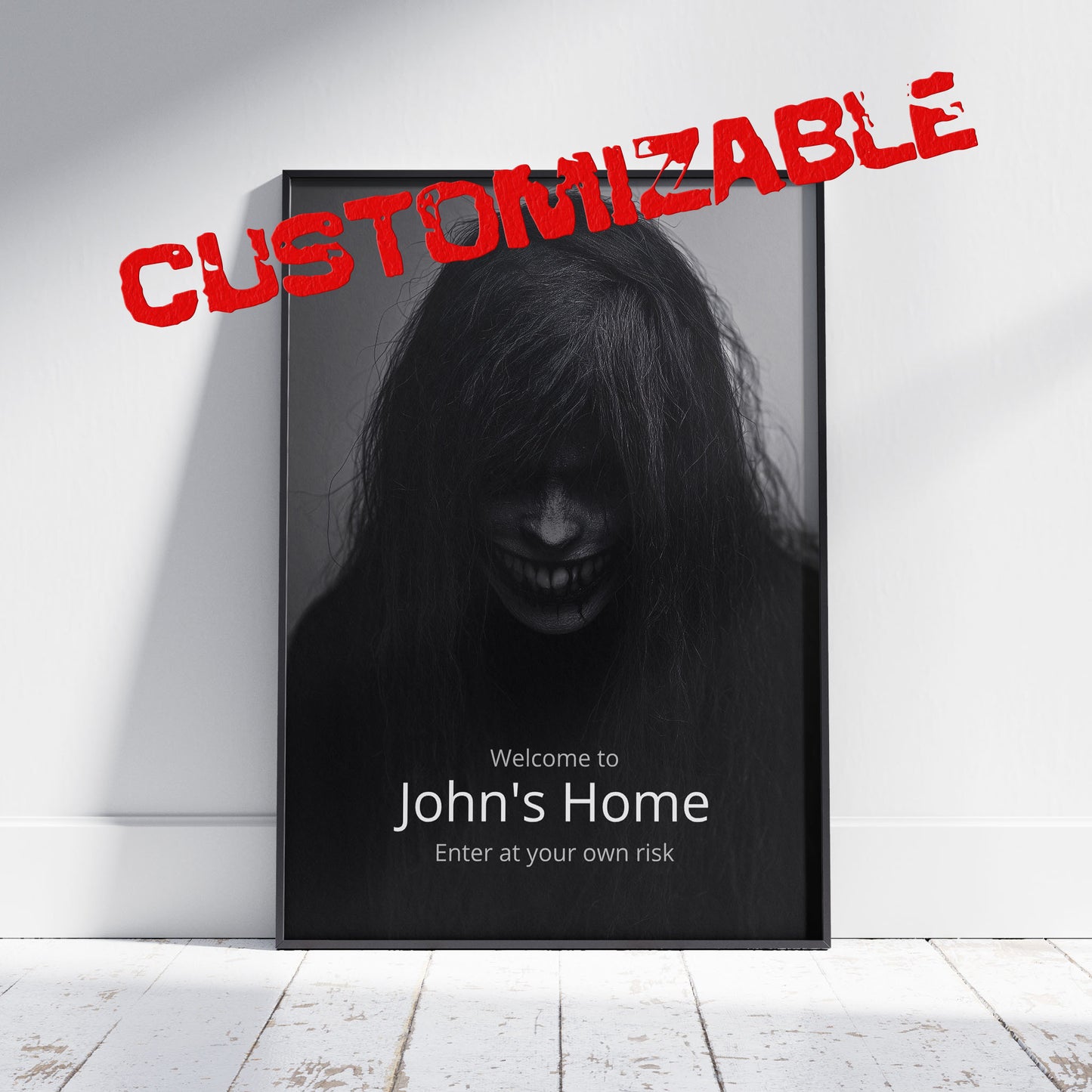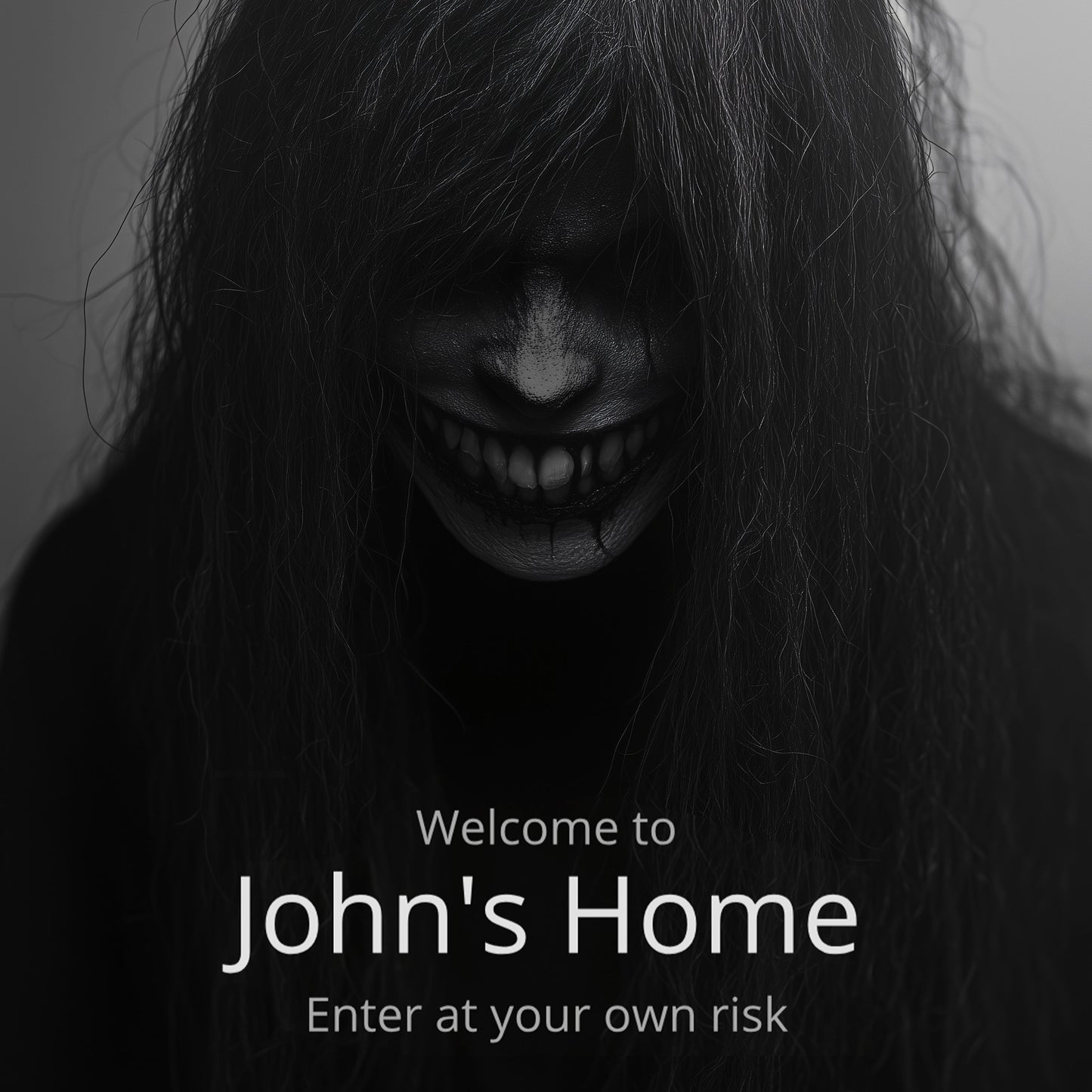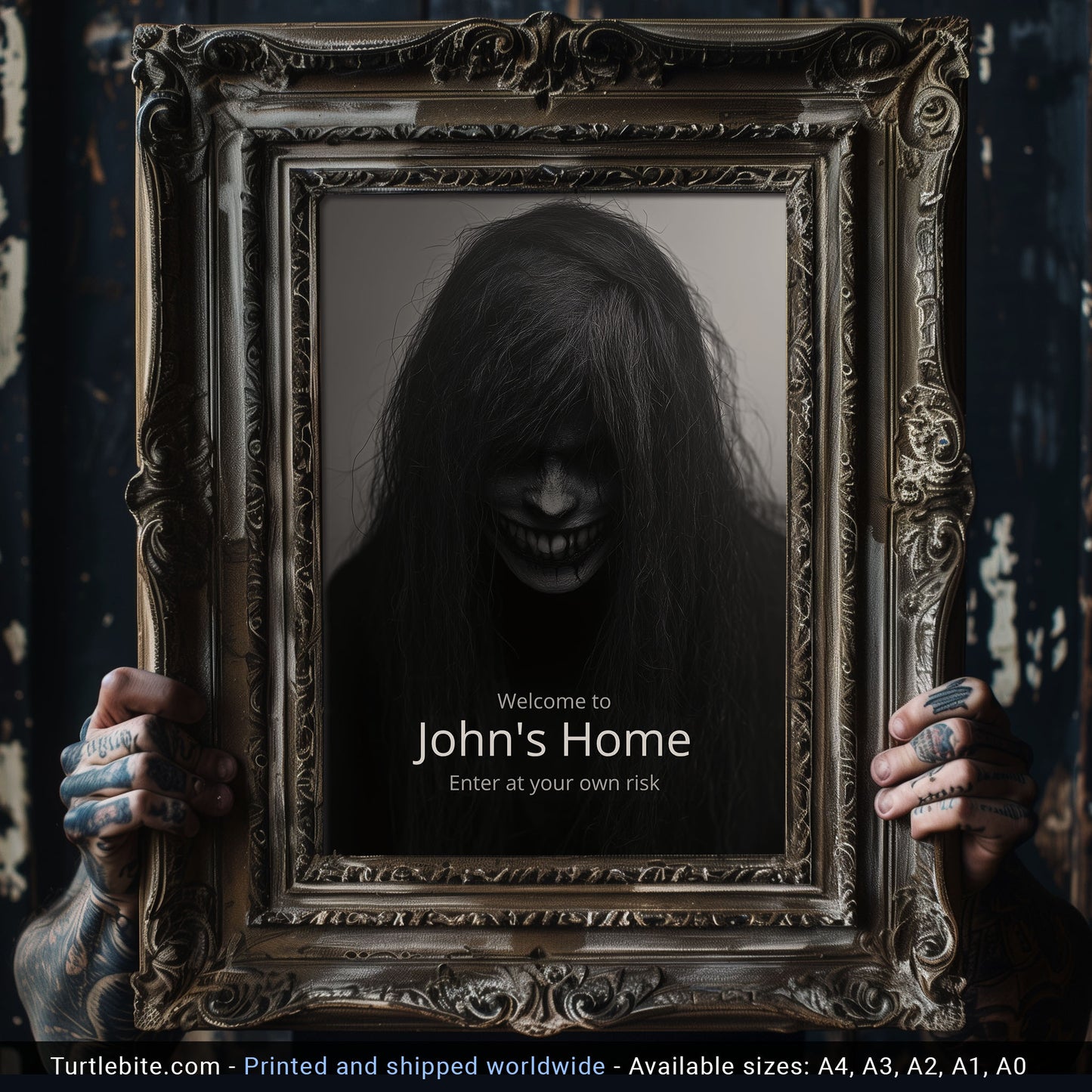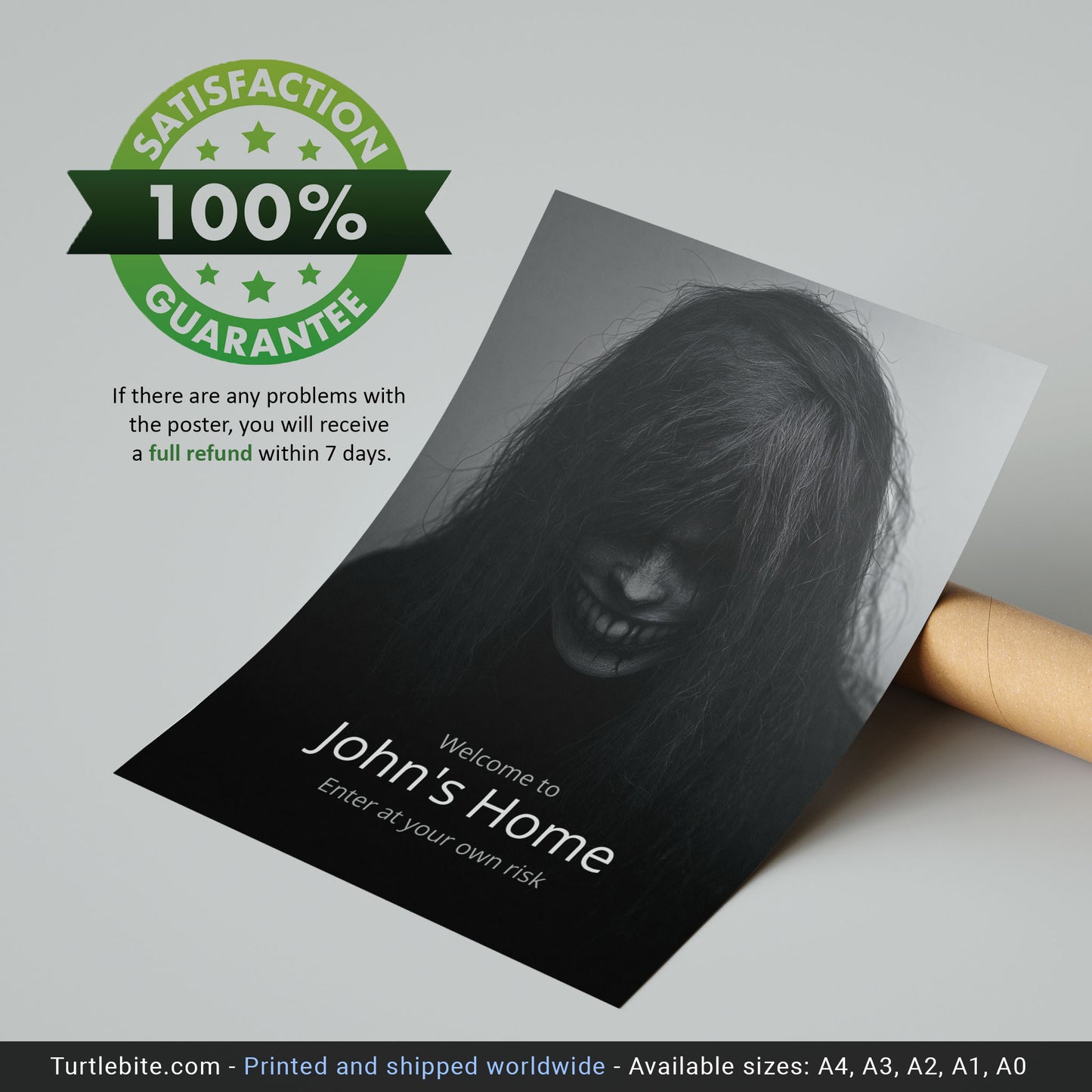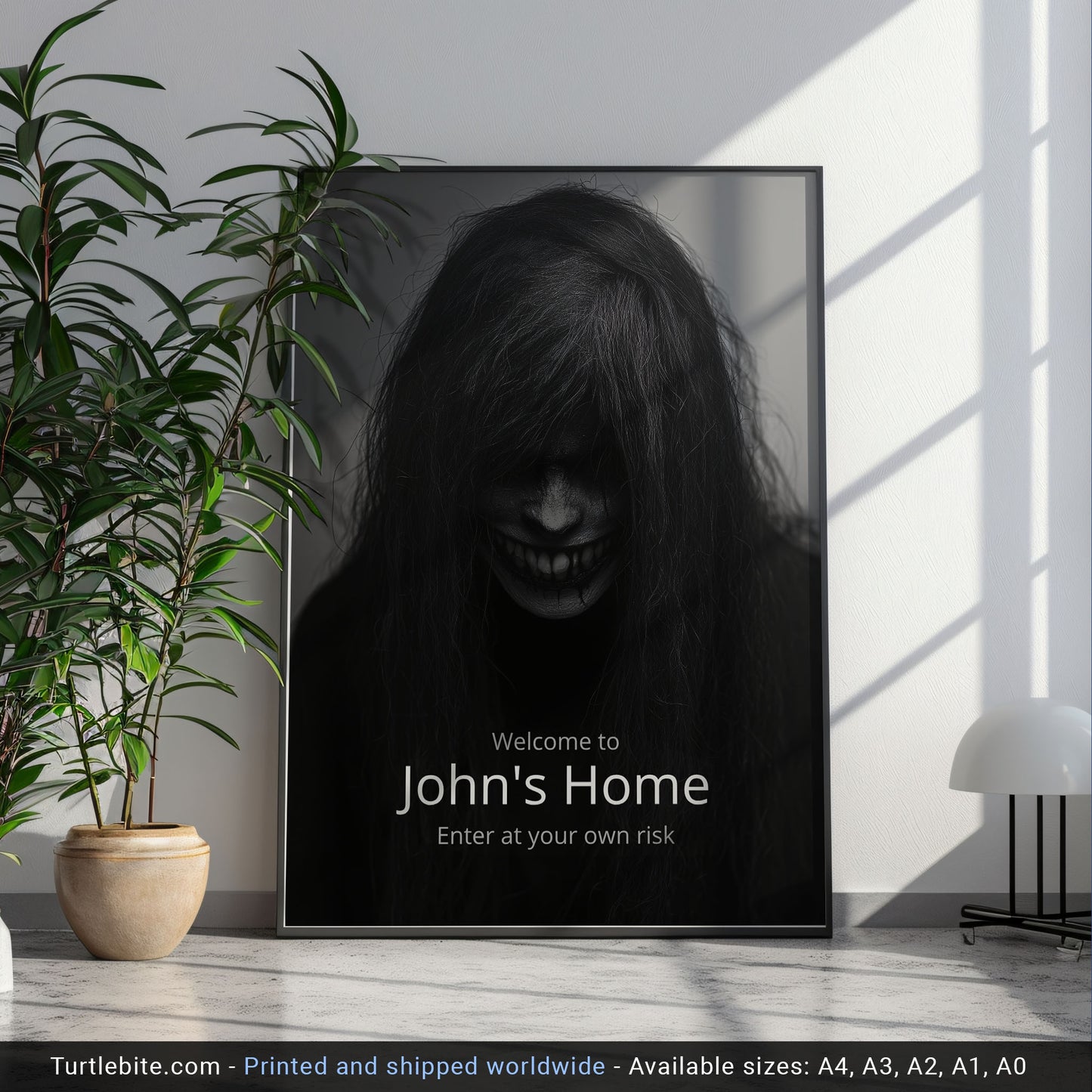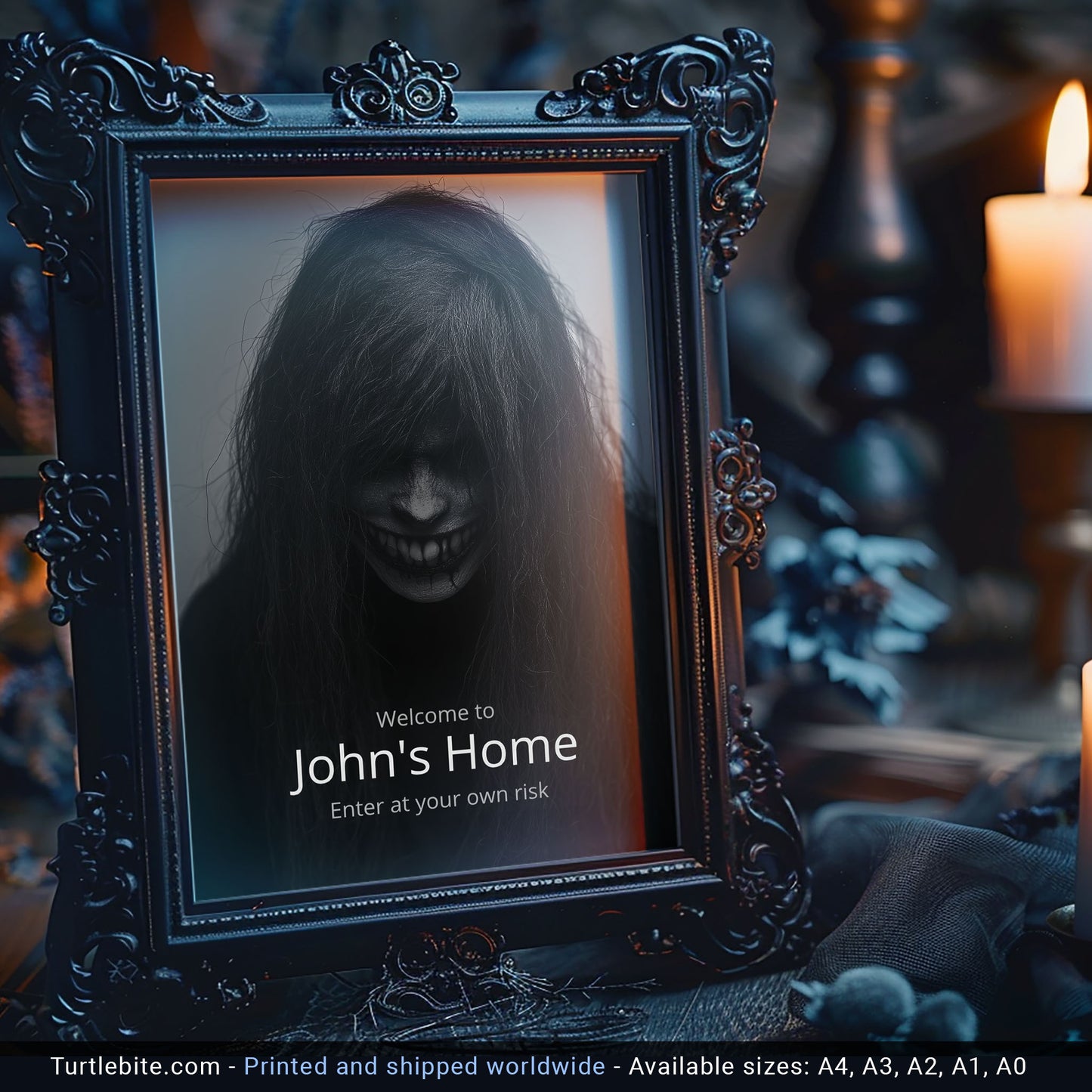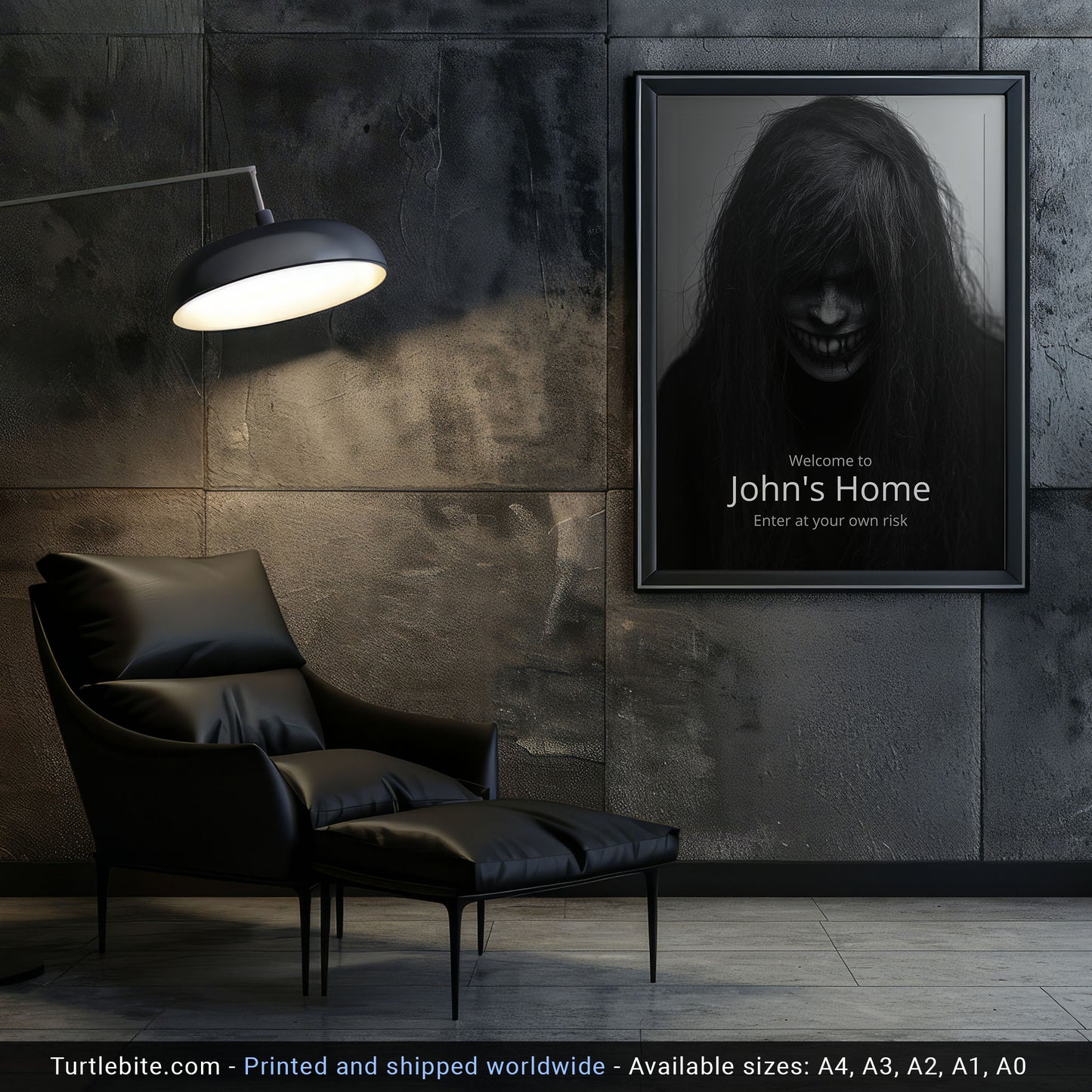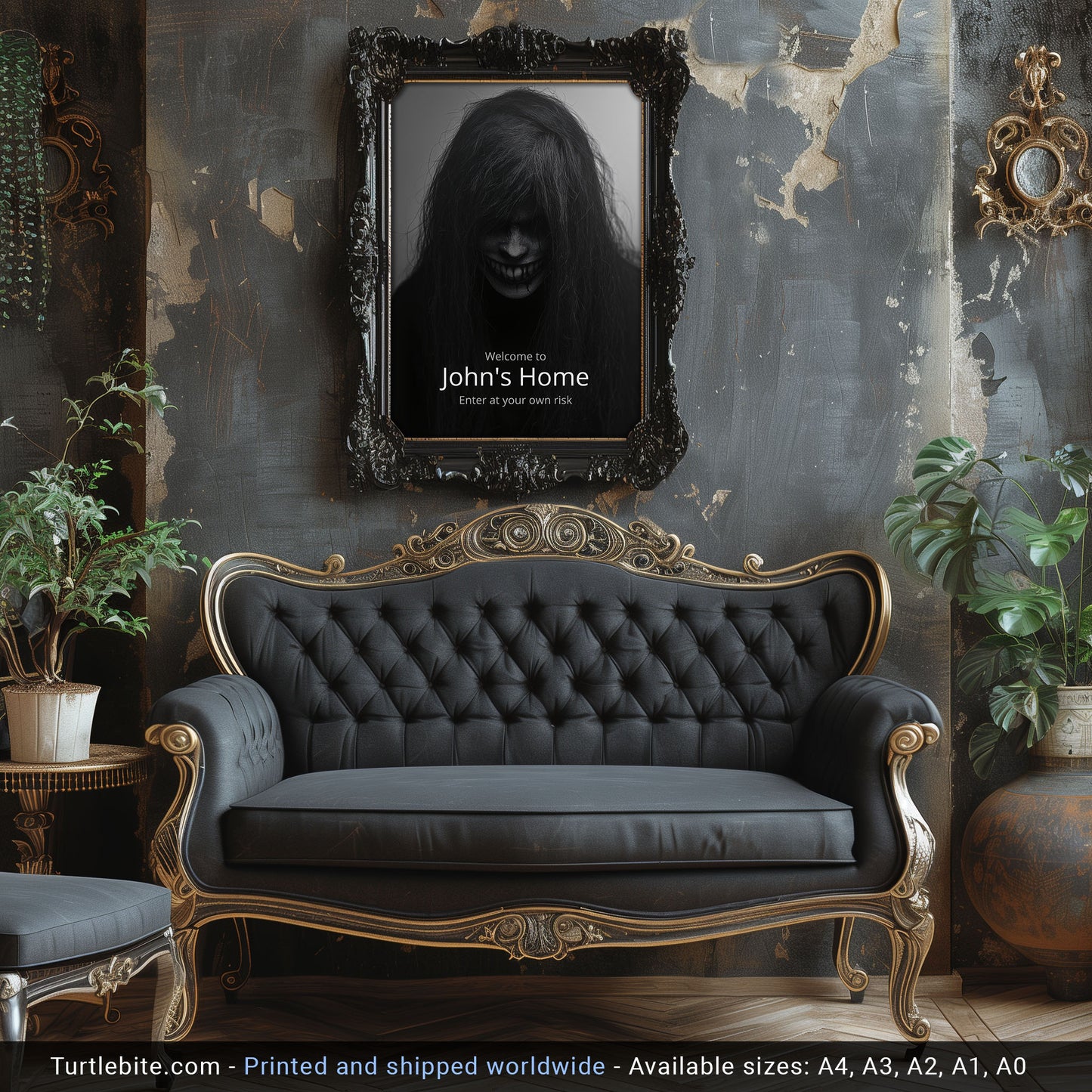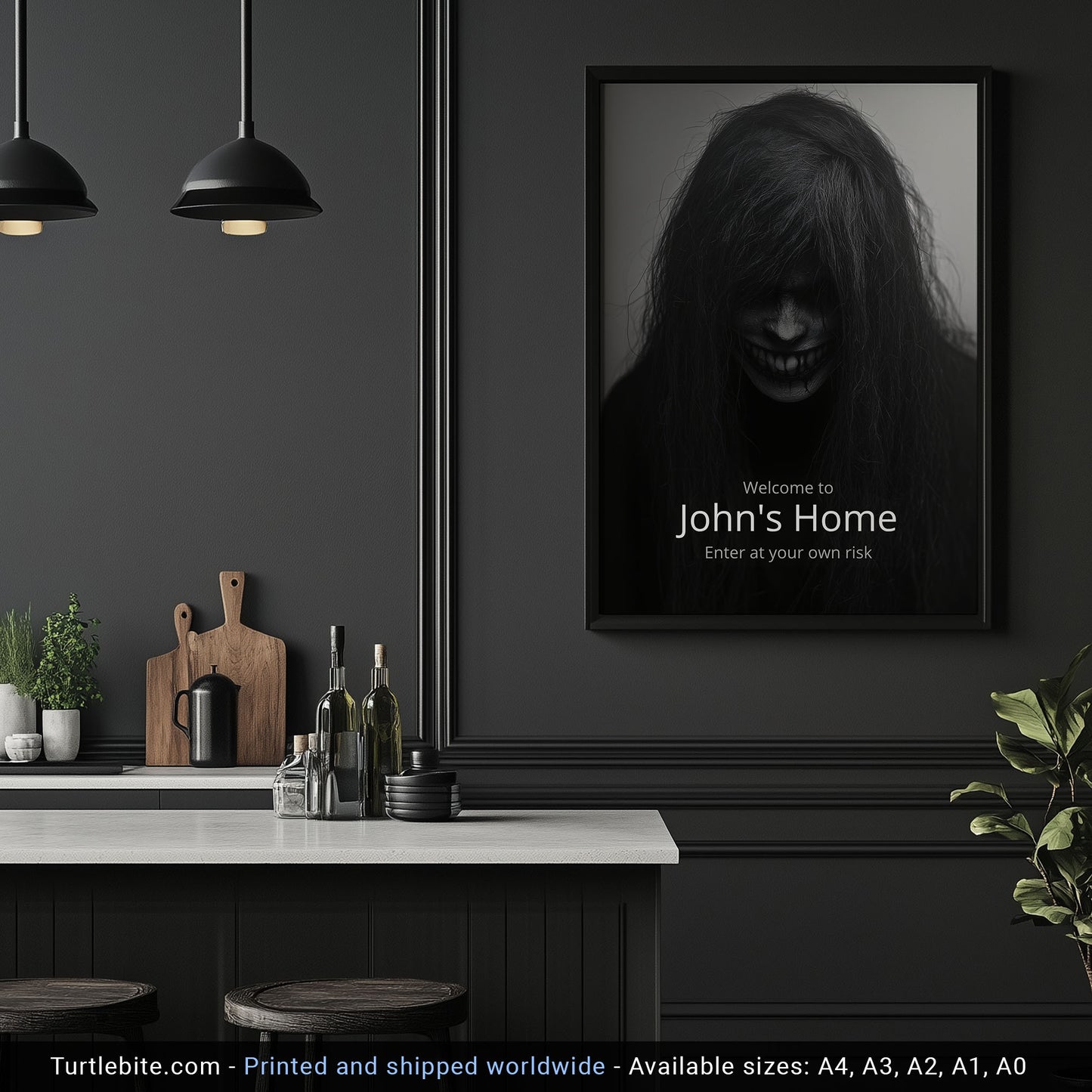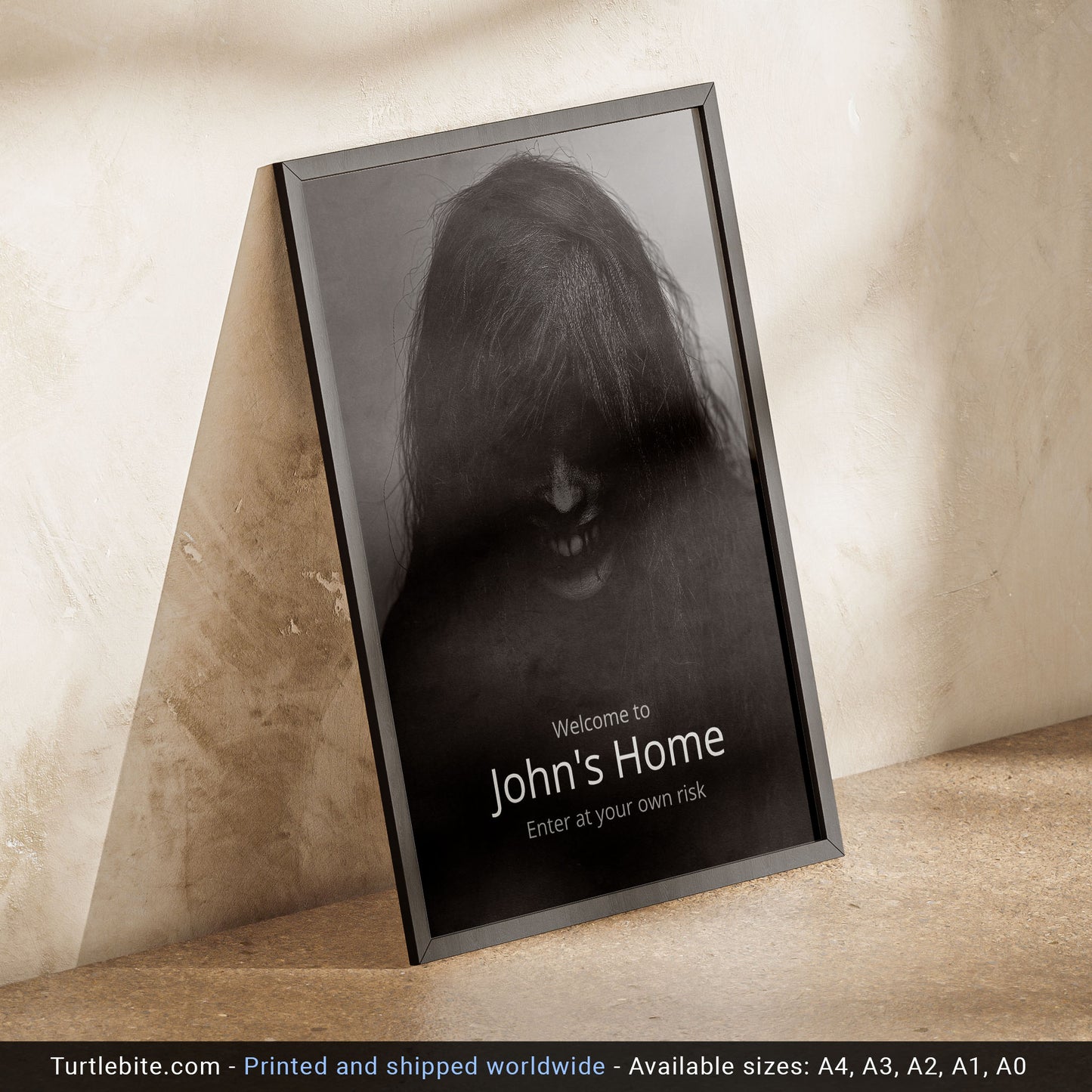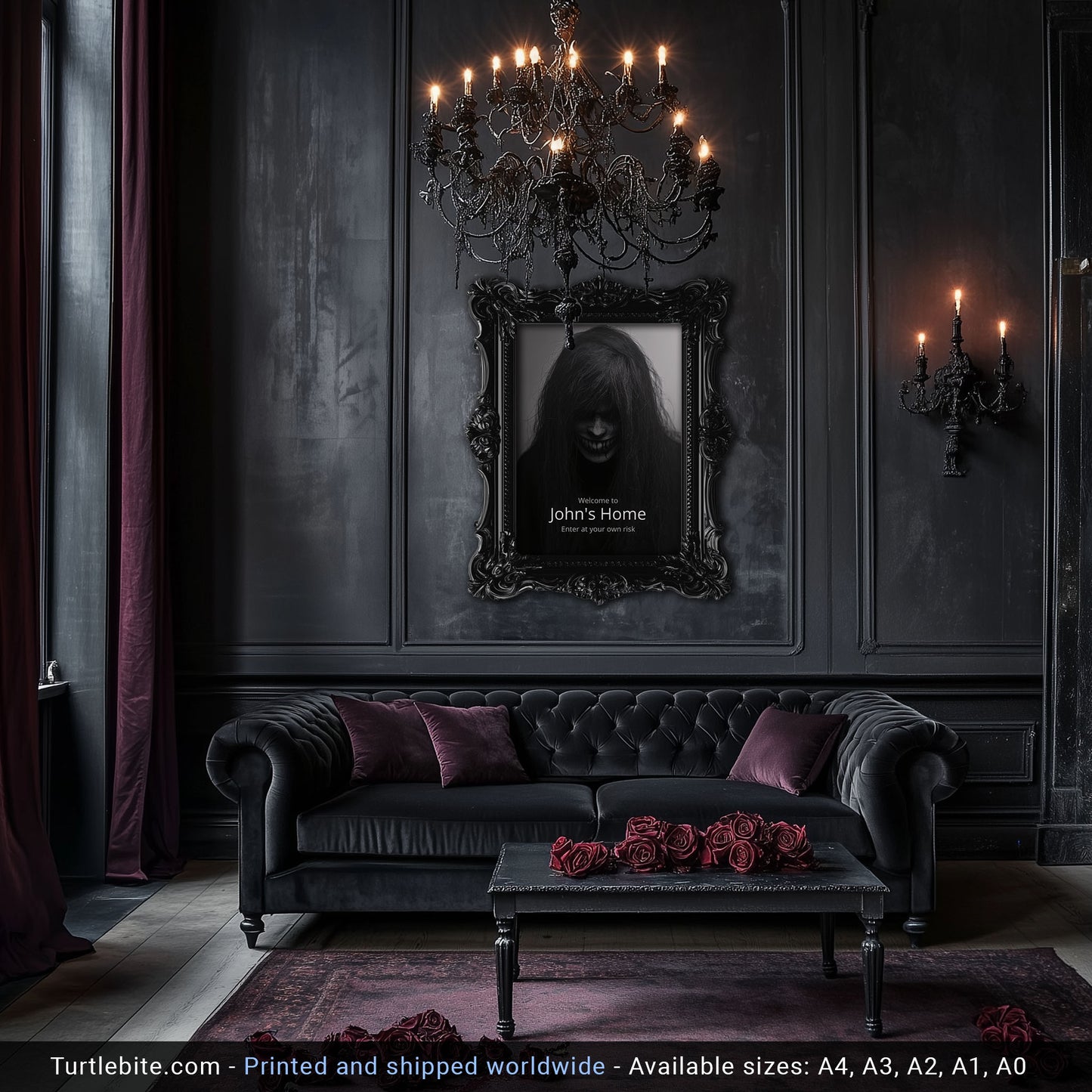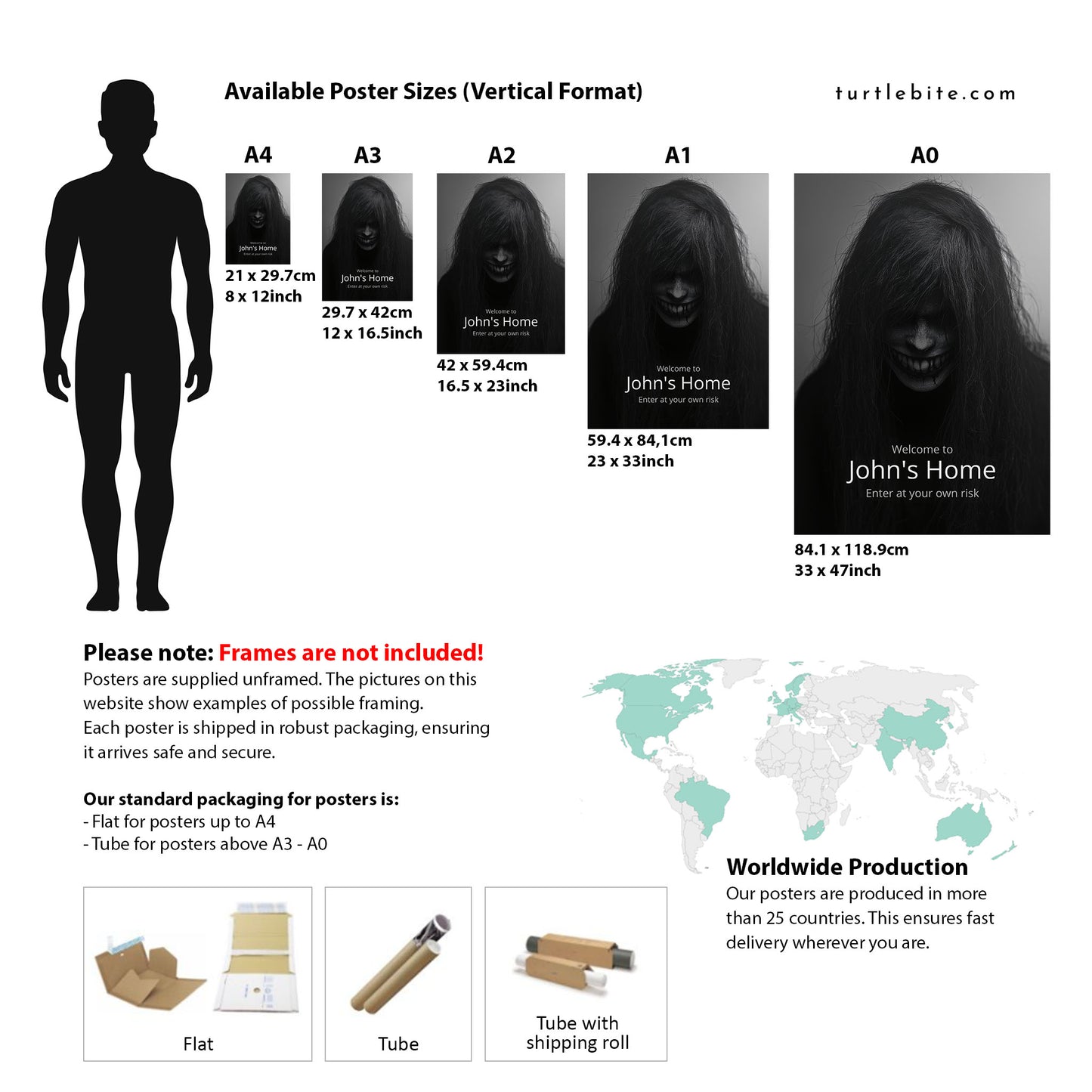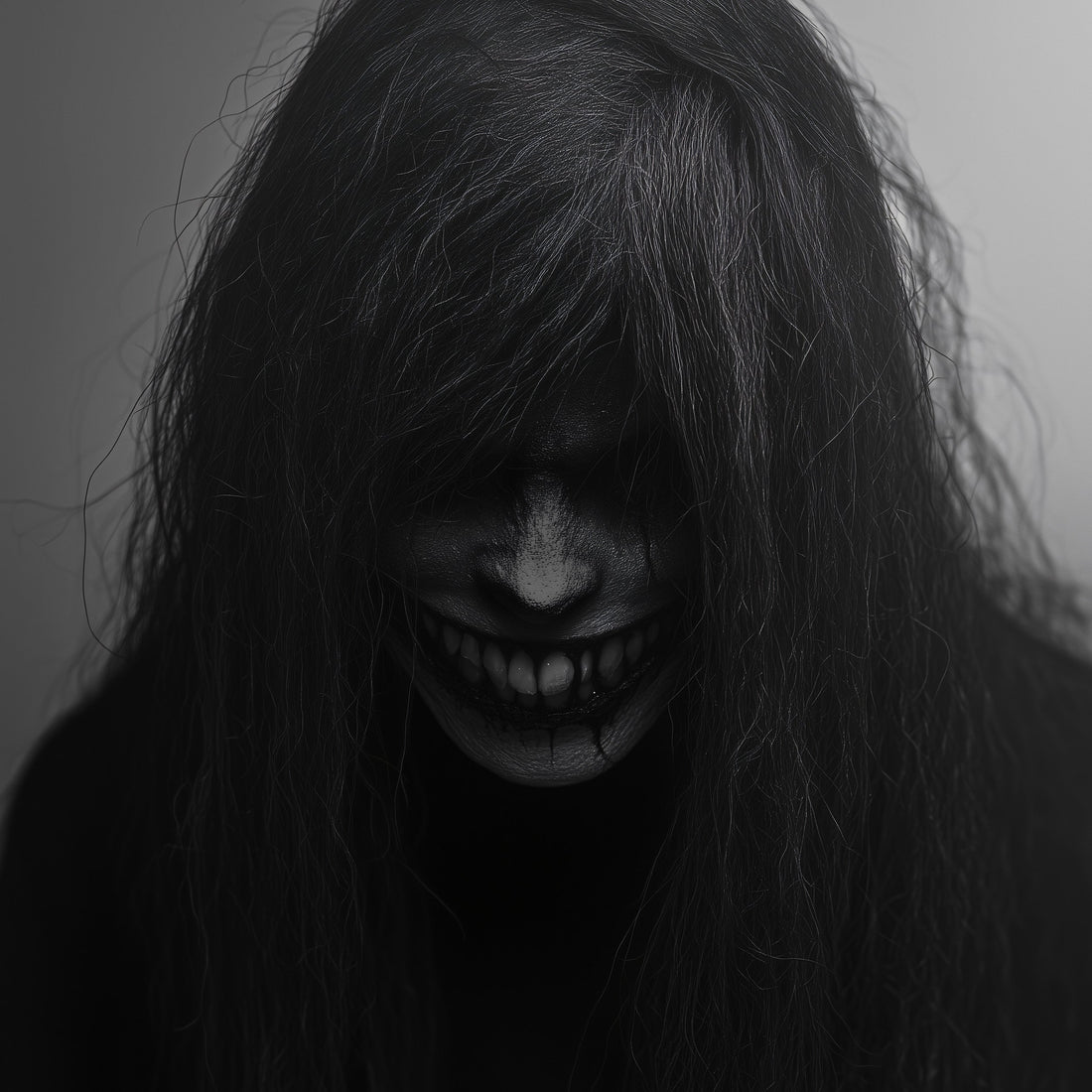
Why We're Obsessed with Scary Art
ChristianShare
Take a good, long look at that image. Go on, I’ll wait. Feeling a little… unsettled? Maybe a slight crawl up your spine? Yeah, me too. And yet, you can’t quite look away, can you? There’s something disgustingly fascinating about it, a magnetic pull into the darkness. Welcome to the wonderful world of horror art.
It's a strange human quirk, isn't it? We spend our days avoiding things that scare us, yet we actively seek out movies, games, and art designed to terrify us. For artists like myself, it's not just about consumption; it's about creation. We're the ones in the lab, stitching together these digital monsters. Today, I want to pull back the curtain and talk about what makes a piece of creepy art like this so darn effective. We'll dissect the fear, and then I'll give you some pointers on how you can start cooking up your own digital nightmares.
The Uncanny Valley: Why This Smile is Pure Terror
Ever seen a robot that's almost human but just a little bit off? That feeling of deep-seated revulsion you get is called the uncanny valley. Our brains are hardwired to recognize human faces, and when we see something that mimics humanity but misses the mark, every alarm bell in our prehistoric lizard brain starts screaming "DANGER!"
This piece of digital horror lives and breathes in the uncanny valley. It’s not a slavering, fanged beast from another dimension. It’s worse. It’s almost human. The basic structure of a face is there – a nose, a mouth, a head of hair. But every single element is twisted into a caricature of fear.
The most powerful weapon here is that smile. A smile is supposed to be a sign of warmth, happiness, and safety. But this? This is a predator's grin. The lips are pulled back too far, the teeth are just a little too numerous, a little too sharp, and a little too stained. It’s an expression of joy that has been corrupted into pure malice. It’s a subversion of our expectations, and that’s what makes it so deeply, psychologically unsettling. It’s not just a monster; it’s a perversion of what we are.
Let's Talk Technique: The Art of Crafting Fear
Creating truly effective scary art isn't about just splashing some red paint and calling it a day. It’s a delicate dance of technical skill and psychological manipulation. It's about what you show, and more importantly, what you don't.
Mastering the Darkness: The Power of Chiaroscuro
Remember that fancy word from art history class? Chiaroscuro is just the dramatic use of light and shadow, and in horror art, it's your absolute best friend. Look at the image again. The artist uses a single, soft light source from above, illuminating the top of the head, the bridge of the nose, and that terrifying grin.
Everything else? It’s swallowed by shadow. We can’t see the eyes. We can't see the shape of the jaw or the neck. Our imagination is forced to fill in those blanks, and let's be honest, our imagination is way better at scaring us than any artist could be. Are there eyes under that hair? Or just empty sockets? We don’t know, and that uncertainty is terrifying. I used to think adding more light would show off my work better, but I quickly learned that in horror, shadows are where the real monsters hide.
It's All in the Details (Especially the Unsettling Ones)
If the lighting sets the stage, the details sell the performance. What elevates a piece from "spooky" to "I'm not sleeping tonight" is the texture and realism. This isn't a cartoon monster; the level of detail makes it feel disturbingly real, as if it were a photograph. This is where tools like ZBrush or Blender for 3D modeling become invaluable.
You can sculpt every disgusting little detail to achieve that photorealistic horror look. The artist didn't just give the creature "hair." They gave it greasy, matted, individually rendered strands that look unwashed and chaotic. The skin isn't just pale; it has a subtle texture and even some cracking around the mouth, suggesting dehydration or decay. IMO, it’s these tiny, granular details that ground the monster in our reality, making the threat feel much more immediate.
When you're designing your own creature, obsess over the small stuff:
- Hair: Is it clean or greasy? Fine or coarse? Perfectly coiffed or a tangled mess? Messy often reads as more threatening and unhinged.
- Skin: Is it smooth, wrinkled, scarred, or peeling? Does it have pores? The more believable the skin, the scarier the creature.
- Teeth: Perfect, pearly whites are rarely scary. Think about stains, chips, unnatural sharpness, or decay. Teeth are a primal indicator of health and danger.
- Eyes (or lack thereof): Hiding the eyes is a classic for a reason. It dehumanizes the figure and makes its intentions impossible to read.
The Psychology of a Scary Face
A great piece of monster art is more than just a collection of scary parts; it's a piece of character design. This creature has a personality – a cruel, malevolent one. The design choices are deliberate and serve to amplify the psychological horror.
The curtain of hair, for example, is brilliant. It creates a sense of mystery and frustration. We instinctively want to see a person's eyes to gauge their intent. By denying us that, the artist puts us on the defensive. We're left to interpret intent based solely on that horrifying grin, and our brains jump to the worst possible conclusion. This isn't just a monster; it's a thinking, feeling thing, and it feels nothing but contempt and predatory joy. That's a far more terrifying concept than a mindless beast.
Final Thoughts on Fear
Creating art that scares people is a unique and rewarding challenge. It’s a blend of technical skill, artistic vision, and a little bit of armchair psychology. It relies on twisting the familiar, hiding information, and focusing on the details that make our subconscious minds uncomfortable. The goal isn't just to make something ugly; it's to create a feeling of genuine dread.
So, the next time you stumble upon a piece of dark art that makes your skin crawl, don't just scroll past. Take a closer look. Appreciate the craft behind the creeps. It’s not just a scary picture; it’s a masterclass in emotional manipulation. And isn't that just wonderfully terrifying? :)
